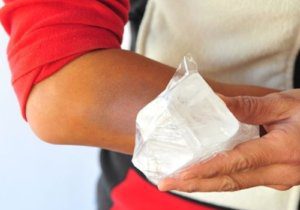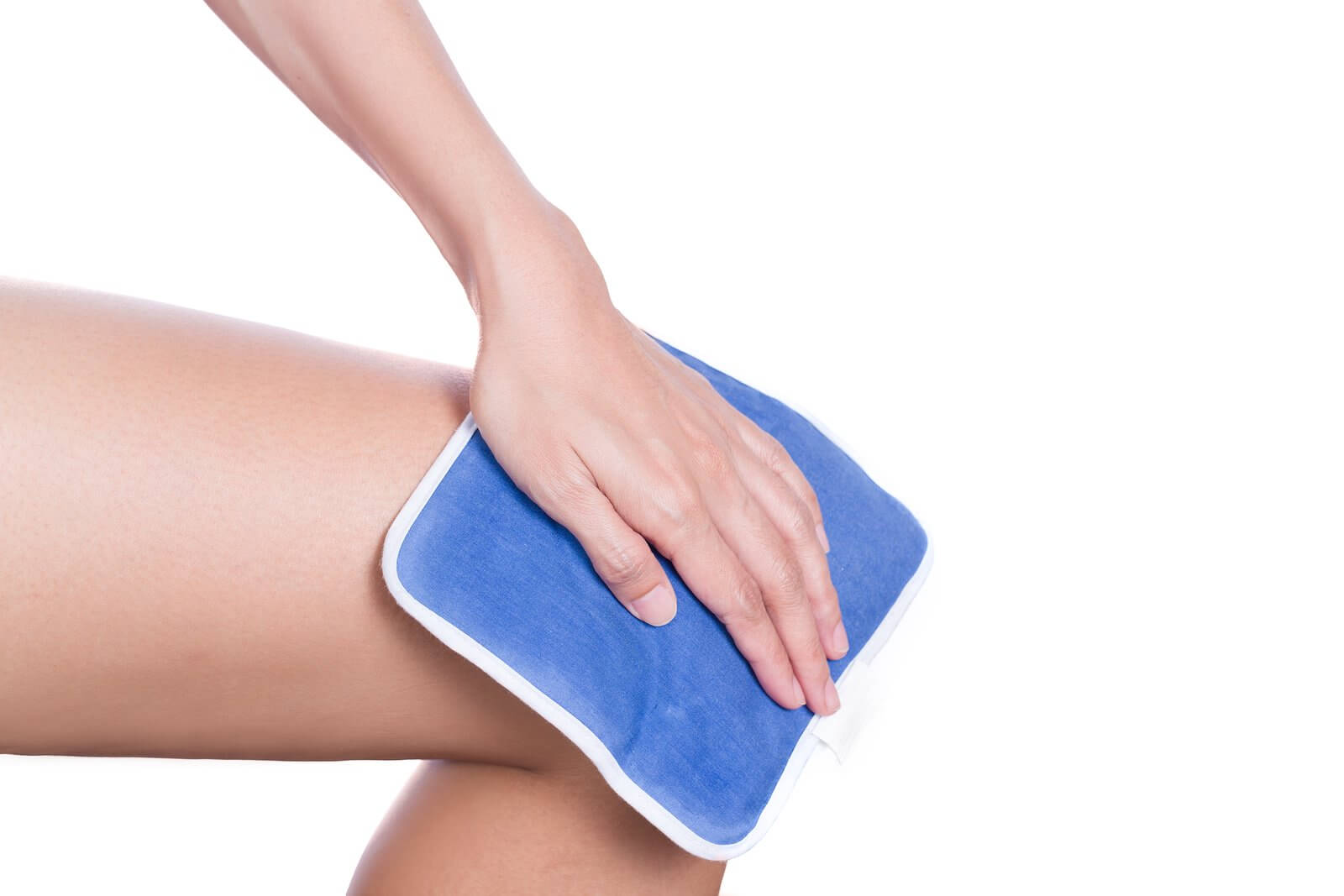Heat And Cold Treatment For Injuries
Table of Contents
Heat and cold treatment for injuries.
When someone sustains an injury, the first thing they reach for is an ice or heat pack. However, many do not realize they sometimes reach for the wrong one. Yes, ice and heat have different uses and levels of effectiveness for an injury. They both temporarily relieve pain, but they both serve different purposes in the end.
Sometimes an injury or condition calls for ice and heat, but how does one know which one to use? Could using ice or heat for the wrong type of injury or condition worsen the problem? Let’s take a comprehensive look into hot and cold treatment for injuries.
When Does An Injury Call For Ice?
Ice is easily accessible, especially if an injury occurs in a home or anywhere with a freezer.
Cold treatment for injuries helps:
- Slows the flow of blood and prevents bruising
- Minimizes muscle spasms
- Reduces pain
- Alleviates any inflammation or swelling
Ice is used for recent injuries. That’s why when someone sustains an injury, the first thing anyone calls for is ice. It’s especially important to reach for ice when there is any sign of swelling, or bleeding or there are clear symptoms of muscle spasms.
For example, if someone sustains a sprain to their wrist after an accident, applying ice immediately is the right thing.
Some examples of immediate injuries to apply to are:

- Joint sprain
- Knee sprain
- Muscle sprain
- Ankle sprain
Wrapping ice inside a wet towel or a plastic bag helps with immediate pain relief. However, a frozen bag of vegetables is just as effective as “ice,” which is needed immediately to help relieve swelling.
The reasoning behind applying ice immediately is that there’s moderate to significant damage to the blood vessels during a strain. This damage is what causes the swelling. Ice helps reduce blood flow through the damaged vessels, which reduces the risk of inflammation and swelling.
However, applying ice for longer than twenty minutes is not suggested. Instead, it’s best to remove the ice from the affected area for about twenty minutes before applying it again for twenty minutes.
When cold treatment Isn’t Needed
It may be tempting to turn to the ice for anything, but there are some situations where ice isn’t necessary (and may do more harm than good). For example, those who suffer from sensitivity to cold shouldn’t turn to ice, especially if they’re prone to a hive breakout to cold exposure. Unfortunately, some do suffer from skin conditions when exposed to cold temperatures.
Others may be tempted to use ice on a tight muscle, but ice causes muscles to contract. That means icing an already tightened muscle can cause even more issues, especially right before physical activity. It’s tempting to put ice on a muscle right before any physical activity, but that’s only going to tighten the muscle up and put one at risk for a sprain or injury.
Those who suffer from various medical conditions, from Raynaud disease to diabetes, should also refrain from icing their skin as it could worsen existing symptoms. Fortunately, when ice isn’t needed, that doesn’t mean there are no other options. However, some situations do call for heat.
When Does An Injury Call For Heat?
Heat may not be as accessible as ice, but it is necessary for different situations. Heating a damp towel, using a heating pad, or having another controllable source of heat is recommended for:
- Relaxing muscles
- Increasing the flow of blood
- Alleviating any aches
- Healing any broken tissue
Remember how ice makes muscles contract? Well, heating muscles helps them relax while increasing blood flow to the area. The heat has a much different effect on the body than ice does. Heat should be used in some of the following situations:
Heat treatment for injuries:
- Not for immediate injuries
- Muscles spasms
- When blood flow to an area is needed
- Minor aches and pains
 Heat isn’t needed for immediate injuries because it’s important to slow blood flow to the affected area.
Heat isn’t needed for immediate injuries because it’s important to slow blood flow to the affected area.
That’s why heat is best used for older injuries that are still causing issues. For example, if someone sprains their wrist, they should ice it immediately.
However, if they’re still experiencing discomfort after a couple of weeks, then applying heat may help.
Those who suffer from arthritis pain also benefit from applying heat to the affected joint. Using a heat patch, a warm bath, or a heating pad helps relax the muscles around the joint and reduces joint stiffness.
While heat does sound nice for aches and pains, there are some situations where heat isn’t warranted.
When heat treatment Isn’t Needed
Heat should not be used on a recent injury. The reason why heat shouldn’t be used on a recent injury is that heat can exacerbate any swelling. It’s critical with a fresh injury to keep the swelling down with ice.
Also, heat should not be used on an open wound (neither should ice). Finally, heat should not be used when the body is already burned or overheated, making the injury worse.
Let’s sum this all up.
Finally, there are some situations where ice and heat can work together to alleviate pain. That’s why some products are available that provide both ice and heat relief. Ice and heat work well together with arthritis. If one is suffering from a recent injury, then the ice should be used first to reduce the swelling while heat comes in afterward to alleviate soreness.
If any injury is severe enough, one should speak to a doctor first to ensure no complications before applying ice or heat.


